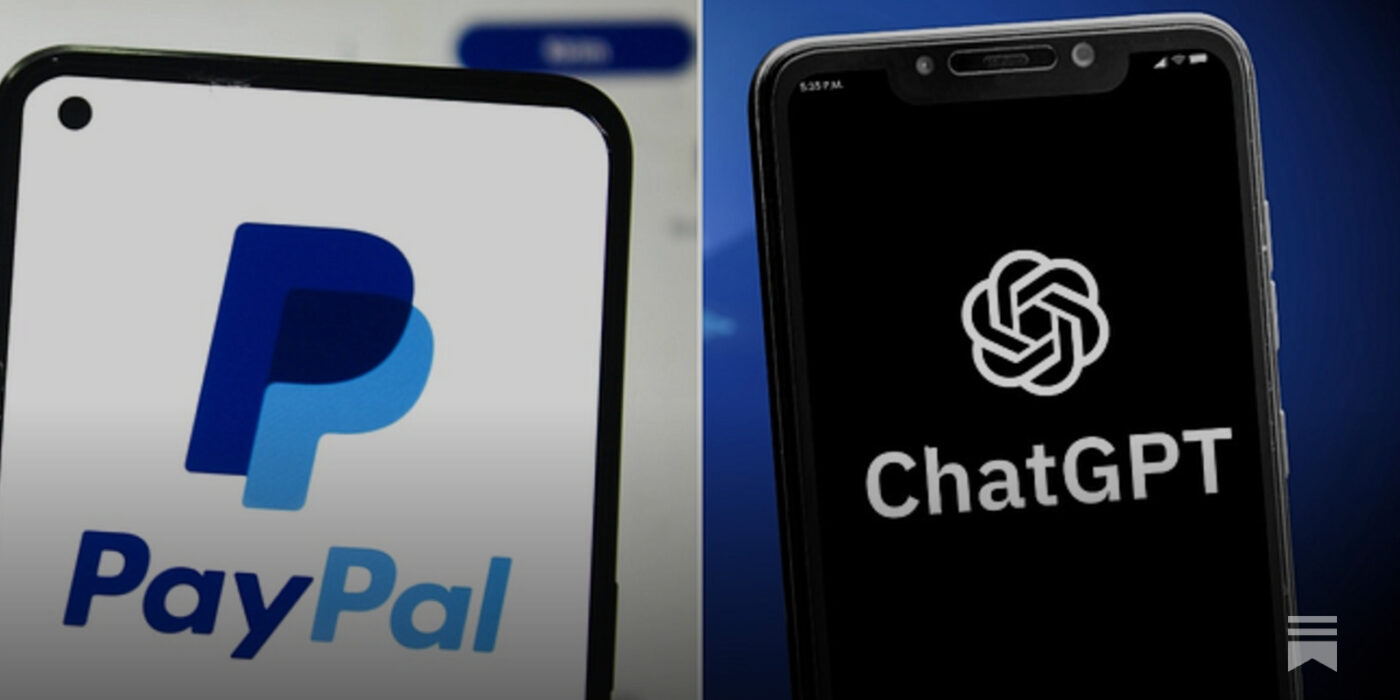In 2025, the way in which marketers are understanding the traditional marketing funnel is changing. In days gone by, marketers would rely on (a rather idealistic) idea that consumers always neatly funnel themselves through stages of a ‘purchase journey’ (e.g., awareness, consideration, decision). However, customer journeys are far from predictable. Consumers hop between platforms, interact with multiple touch points, seek out reassurance from social media channels, and bounce between consideration and exploration before finally deciding to buy (or not). And they’re doing it on their own terms.
For marketers, this means that understanding the true journey to a purchase is more important than ever. But this journey doesn’t look the same for every buyer. It changes based on the individual, the product, the price point, the level of risk involved, and the industry in which you operate. Consider the difference between a mother of two booking a summer holiday for four, and someone quickly buying a new phone charger on Amazon. The former may encounter dozens of touchpoints: a travel blog, Booking.com, hotel reviews, advice from a friend, Instagram inspiration, emails from airlines, and even conversations at the school gates. The latter may see one product listing, scan a few reviews, and purchase within minutes.
That’s the challenge for marketers in 2025: to understand the complexity of consumer journeys and meet users with the right message at the right time across different marketing channels, such as SEO, PPC, social media, content marketing, third-party reviews, PR, email marketing, and others. Success means coordinating a seamless brand experience across different platforms—because you never know which touchpoint will make the difference for each buyer
What’s the Messy Middle?
The ‘messy middle’ is a term coined by Google to describe the unpredictable, non-linear part of the customer journey where people are stuck between initial awareness and final purchase. In this ‘middle’, they explore options, evaluate alternatives, compare prices, read reviews, search for discounts, and go back and forth, often over days, weeks, or even months. It’s not a neat funnel; it’s a messy space where customers consume different types of content and brand messaging before finally converting (or not).
In this stage, every touchpoint matters—because people are (hopefully) absorbing information from everywhere. One moment, they’re reading a blog post. Next, they’re watching a YouTube review. Then, they’re messaging a friend or browsing third-party review sites. Brands that understand how people behave in the ‘messy middle’—and how to show up in meaningful ways—are more likely to earn the sale. Those who don’t risk getting lost in the noise.
1. Do Attribution Modelling
Attribution modelling helps marketers understand which channels are influencing conversions, and in what sequence. Google Analytics offers several attribution models, including organic last-click and first-click and data-driven insights on the likely impact of different touchpoints towards conversions. Each provides different insights on how your marketing efforts are performing.
However, attribution modelling has its limitations. It typically only tracks online behaviour and relies on cookies and session data—meaning it often misses offline interactions and cross-device behaviours. Still, it’s an essential tool for identifying which campaigns are assisting conversions and which are potentially underperforming.
2. Ask Your Customers How They Came to You
Sometimes, the best way to understand your customer journey is simply to ask. Whether through post-purchase surveys, CRM data collection, or customer surveys, asking how customers discovered your brand, and what influenced their decision to buy, can reveal valuable insights that analytics may miss.
This first-hand data can highlight unexpected touch points—maybe a podcast mention or word of mouth recommendation—and help you better understand how your messaging lands in the real world. Just make sure the questions are simple, open-ended, and non-leading to capture honest responses.
3. Research How Each Touch Point Influences a Customer
Not every touchpoint serves the same function. Some capture attention, others educate, and a few trigger the final decision. Understanding what role each channel plays in your customers’ journey allows you to better allocate budget and tailor messaging.
For example, a paid Instagram ad might drive initial curiosity, your blog may resolve questions about product use, and an email with a discount code could push them over the edge to purchase. If your PPC campaigns mostly serve as reminders and not conversion drivers, you may not need to scale them aggressively. Use tools like customer journey mapping, analytics data, and qualitative research to assess how channels function across different personas and journeys.
4. Re-evaluate Your Digital Marketing Strategy
Once you’ve gathered insights from attribution modelling, customer feedback, and customer journey analysis, revisit your overall strategy. Are you investing in the right places? Are your personas accurate? Are there platforms or formats you’re overlooking?
Don’t be afraid to shift resources if the data shows your audience is active on a platform you haven’t prioritised. Maybe your buyers are watching YouTube tutorials or comparing products on Reddit. Your strategy should evolve as your audience’s habits do—so make sure it’s flexible, grounded in real data, and specific to each key persona.
5. Be Present and Create Content Across Multiple Channels
Even the best research has blind spots. That’s why a broad digital presence across key channels is crucial—especially if your customers’ journeys vary widely. Consumers need to find you wherever they are in their journey, from Instagram Stories to Google search to third-party review sites.
Start with the most important platforms—those where your customers are most active—and build a consistent presence. This might include SEO, PPC, email marketing, PR, influencer collaborations, and more. If your resources are limited, don’t try to do everything; focus your efforts where they’ll have the most impact.
6. Keep Messaging Consistent Across Touchpoints
Consistency in messaging builds brand familiarity and trust. If your website says one thing, your social media says another, and your email copy presents a third tone entirely, customers can feel confused or even misled.
For example, if your homepage promotes your product as a luxury item but your Instagram campaigns use discount-heavy language, it creates a disconnect. Define a core brand voice and narrative, then align all content creators and channels around that foundation.
7. Create Consistent Branding and Visuals
Beyond words, visual consistency matters just as much. Your brand’s fonts, colours, imagery, and logo use all contribute to recognition and brand recall. In a crowded market, the look and feel of your brand should feel familiar no matter where someone encounters it.
Consider a customer who first sees your brand on a TikTok video and later lands on your website via Google. If the visuals are mismatched or the branding feels inconsistent, trust can be eroded. A solid visual identity helps you stand out and stay memorable.
8. Take Opportunities to Capture Data and Emails
Not all consumers will buy straight away—but that doesn’t mean the opportunity is lost. By capturing data (ethically and with consent), you can continue to influence their decision over time. Use gated content, newsletter signups, etc, to encourage visitors to share their email address.
Tools like HubSpot can then track user activity on your site, giving your sales or marketing team insights into what products they viewed, what content they engaged with, and when they return. Email is also a powerful tool for nurturing cold leads into warm ones. Just make sure your emails provide real value.
9. Show Trust Signals and Offer Value at Every Stage
Consumers are bombarded with options. In this environment, trust is everything. Make sure your site includes obvious trust signals: secure payment options, clear return policies, third-party reviews, awards, and testimonials.
At the same time, every touchpoint should offer value. Whether it’s solving a problem, answering a question, or entertaining, value builds goodwill and keeps people engaged. In the messy middle, you don’t just need to be present, you need to be trustworthy and helpful.
10. Meet Customers Where They Are
In the complex, chaotic messy middle, success lies in truly understanding your customer journey and meeting them in the places they regularly visit.
This means researching personas, mapping interactions, and knowing what each touchpoint contributes to the decision process. With this insight, you can invest your time, budget, and energy into the most effective strategies for influencing customers where it matters most.
Different customers, products, and industries have different paths to purchase—so don’t assume one-size-fits-all. Tailor your approach, stay agile, and keep learning from your data. The brands that win in 2025 will be the ones who meet customers where they are—confidently, consistently, and with clarity.
Every brand is unique—and so is every buyer journey. That’s why getting the research and strategy piece right from the start is so critical.
Thanks for reading our deep dive into the messy middle. If you’d like help understanding your customer journey, refining your digital marketing strategy, or making sense of all the touchpoints your audience interacts with, we’d love to help. Get in touch with the Koozai team today to learn how we can support you in navigating the messy middle and turning insights into action.







Leave a Reply